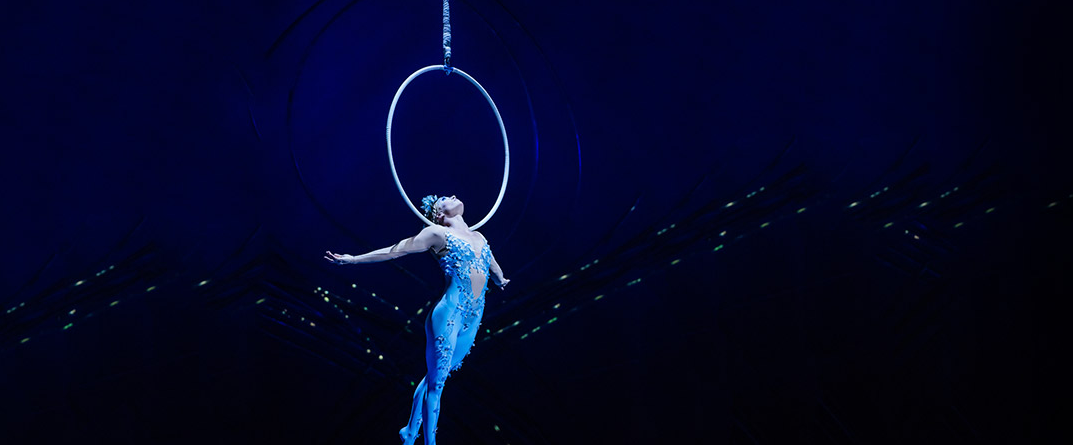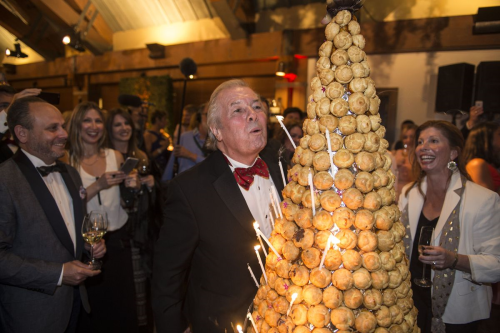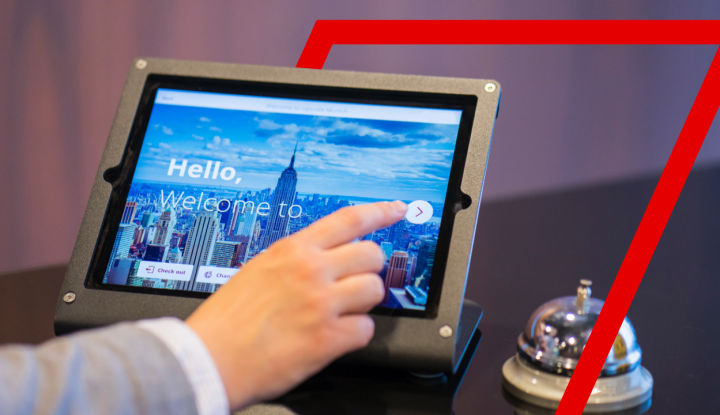“The midnight buffet was THE thing. Everyone stayed up for the ice carvings and the craziness of the experience.”Today, the cruise ship has become a nexus of celebrity chef culture. Similar to changes in Las Vegas, cruise liners are no longer the bastion of the buffet. Mega-ships are now home to mega-chefs, who bring their branded culinary experiences on board. The cruise experience is more sophisticated, targeting a broader demographic with adventure, discovery, and exploration. Here are a few key culinary standouts, alongside some context from the cruise industry executives crucial to this culinary revolution.
Ship-side suds
Carnival Vista is the newest member of the Carnival family — and as befitting the latest, the ship is the first on the high seas to float a craft brewery. The company has partnered with Concrete Beach Brewery to bring craft suds to thirsty cruisers. The Vista will brew three beers ship-side under the name RedFrog Pub & Brewery. The culinary revolution has completely transformed the cruise experience. Carnival‘s Cyrus Marfatia, Carnival’s VP of culinary and dining, highlights the place that F&B occupies in the overall brand strategy: “Food and beverage is an important part of our overall marketing strategy. Not only do we need to make sure that we have a variety of diverse, high-quality culinary offerings to attract new cruisers but we must also continue to innovate in this area to keep our valued repeat guests coming back for more.” In case you’re wondering what the eateries might look like on one of the newest cruise liners, here’s a video as the Carnival Vista takes a tour — of itself!Tentpole tie-ins…
Of course, Disney is the master of all things tentpole. The company built its fortune on interwoven narratives, crafting touchpoints that cross from the digital into the physical. In many ways, Disney pioneered this “phygital” crossover. Tate recounts one exceptionally memorable experience, where “the quality and the ambiance of the restaurants was beyond anything imaginable.” The surprise lies in the unexpected elevation of the experience for adults, Tate says:“Who would have thought that a Disney ship geared to kids would have this impeccable adults-only experience! And it’s not cheap. Tuxedo or jackets required.”The restaurant in question floats on the Disney Dream and is based on Ratatouille, the disarmingly charming tale of an aspiring chef (who happens to be a rat). The restaurant is named after said rat, Remy, and was created by Michelin-starred chef Arnaud Lallement. Given its pedigree, the eatery received coverage where cruise lines don’t often appear: the foodie blog Eater. Consider this coverage another sign of the times — land, sea or air, there are culinary discoveries all over.
…or just the circus tent
One of the key players of the “new” entertainment-focused Las Vegas is Cirque de Soleil. The fantastical circus troupe is taking its brand of theater to the open seas, partnering with MSC Cruises to perform six nights a week on the cruise lines’ newest series of ships. The troupe set sail starting in 2017, and will call a unique new theater home. Custom-built in collaboration with Cirque de Soleil, the venue itself becomes part of the experience.
The partnership extends across the MSC line, with performances six nights a week. The 500-person venue was created in collaboration with Cirque du Soleil to customize the experience for the cruise ship. The first cruise is set to sail in 2017.
The next generation of loyalty
As the base charge for cruises became commodified, cruise lines were eager to personalize each passenger’s experience with add-ons. This narrative has played out across the travel industry, where the consumer’s desire to personalize matched the supplier’s efforts to maintain profitability. The race to differentiate continues today with vigor. Each ship must be grander, more adventurous, more intriguing or more exclusive than the previous one. This differentiation builds brands while fostering loyalty among regular cruisers, Tate says: “For cruisers, there’s the ability to make each cruise a bit different. This facilitates return cruisers, as it’s not just like “every cruise.” Repeat passengers are extremely valuable to a cruise company, especially at the premium to super-premium levels. The reason why people come back is because of this amazing variety of food.” As Culinary Director for Oceania Cruises, Chef Franck Garanger sees his role as providing some of the most valuable memories for cruisers – which increases the odds of a repeat cruise. “Great food and great service are the two things long remembered at when guests reflect back on their cruise experience. If those two elements are done with excellence, the odds of a guest returning increase significantly.”
Renowned French chef Jaques Pépin celebrates his 80th birthday. As the Culinary Executive Chef, he presides over a unique culinary empire at sea.







